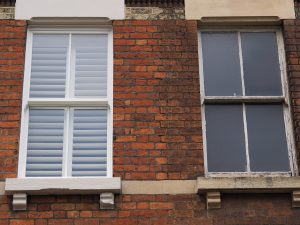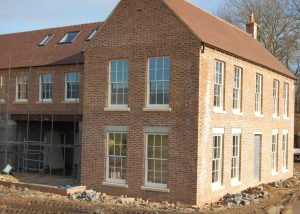Facts about Surrey
History
Surrey is divided in two by the chalk ridge of the North Downs, running east-west. The ridge is pierced by the rivers Wey and Mole, tributaries of the Thames, which formed the northern border of the county before modern redrawing of county boundaries, which has left part of its north bank within the county. To the north of the Downs, the land is mostly flat, forming part of the basin of the Thames. The geology of this area is dominated by London Clay in the east, Bagshot Sands in the west and alluvial deposits along the rivers.
To the south of the Downs in the western part of the county are the sandstone Surrey Hills, while further east is the plain of the Low Weald, rising in the extreme southeast to the edge of the hills of the High Weald. The Downs and the area to the south form part of a concentric pattern of geological deposits which also extends across southern Kent and most of Sussex, predominantly composed of Wealden Clay, Lower Greensand and the chalk of the Downs.
General Info
Surrey is a county in South East England which borders Kent to the east, East Sussex to the southeast, West Sussex to the south, Hampshire to the west, Berkshire to the northwest, and Greater London to the northeast. With about 1.2 million people, Surrey is the 12th-most populous English county, the third-most populous home county, after Kent and Essex, and the third-most populous in the Southeast, after Hampshire and Kent.
Surrey is a relatively wealthy county. It has the highest proportion of woodland in counties in England. It has four horse racing courses and golf courses including the international competition venue at Wentworth. Guildford is popularly regarded as the county town, although Surrey County Council is based extraterritorially at Kingston upon Thames. Surrey is divided into eleven districts.







